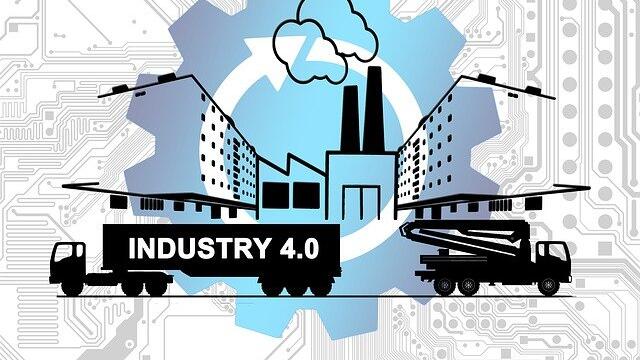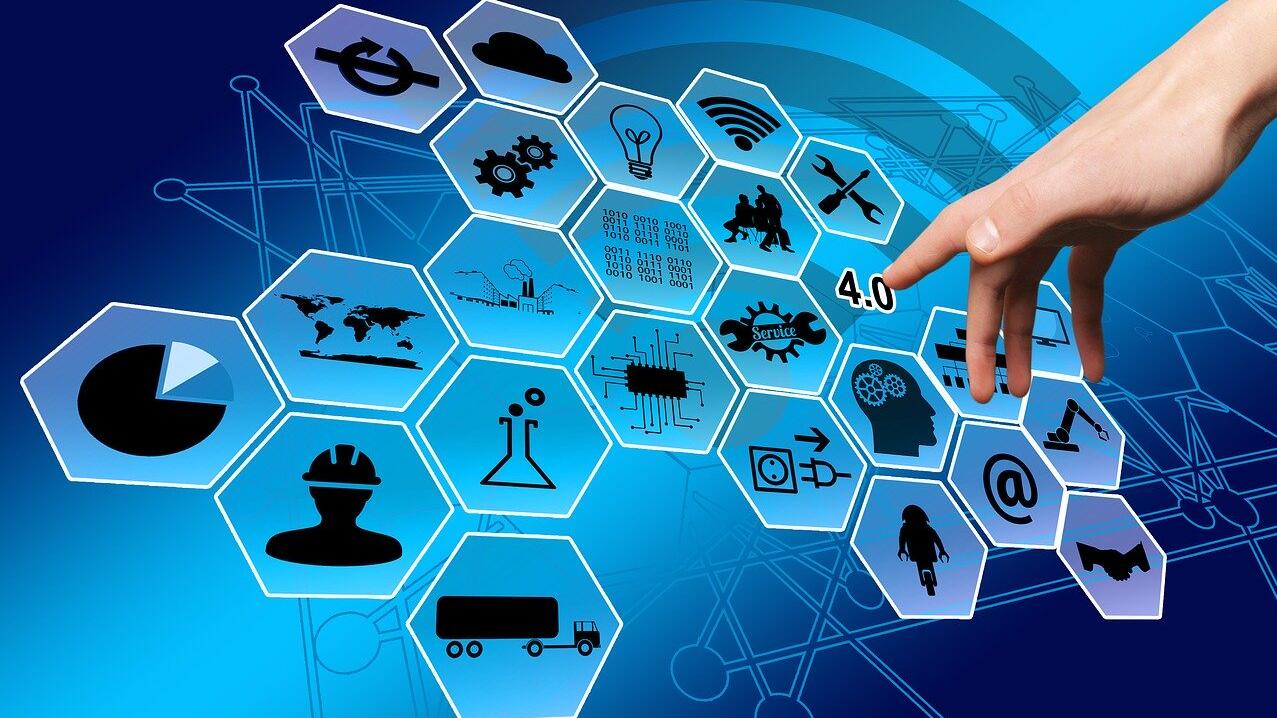 Digitalisation
DigitalisationState-of-the-art of the industrial digital landscape
Summary
The whole manufacturing sector digital maturity is currently scattered. Some sectors only now entering what is commonly called industry 4.0. Others are still lagging with minimal level of digital capabilities applied to their processes. There are quite significant differences with global players that have heavily invested in digitalisation and small, niche, players falling behind but with enormous opportunities ahead.
The RETROFEED project analysed the landscape towards a detailed overview by sector based on project partners representing energy intensive industries in the ceramic, cement, aluminum, steel, and agrochemical industry as well as market research.
You can find out more about industrial digital maturity, digital architecture and data management tools in the report.
If you are interested in the next steps of development, please just contact juergen.ritzek@ee-ip.org.
Open full article
State-of-the-art of the industrial digital landscape
The last industrial revolution may have started in the digital service sector but in the past decade heavy industries are slowly embracing the new digital wave with the design and development of specific tools that could help their manufacturing processes increasing productivity and therefore competitiveness.
Overview of Industrial Digital Maturity
The whole manufacturing sector digital maturity is currently scattered with some sectors only now entering what is commonly called industry 4.0, while others are still lagging with minimal level of digital capabilities applied to their processes. Also, within the same industry or sector, there are quite significant differences with global players that have heavily invested in digitalization and small, niche, players falling behind but with enormous opportunities ahead.
We can identify 4 levels of digitalization starting from Industry 1.0 to the latest trend of industry 4.0. A high-level description of the 4 levels is:
- Industry 1.0: Sensors are connected to some equipment and data are used to monitor some processes and main equipment.
- Industry 2.0: this is the status of many of today’s manufacturing companies. ERP system are installed and used to monitor the overall enterprise with some process also equipped with automation technologies to control the operations. Data are collected at field level for monitoring and control purposes with simple data analyzer to keep track of high-level trends.
- Industry 3.0: the most advanced manufacturing players in different industries are currently at this stage of digitalization. Advanced process control and automation is in place with robotics and equipment connected to improve control and productivity. Data also play a big role with manufacturing execution system (MES) used to automate and optimize tasks. Industry 3.0 saw a big leap forward in the refining and chemical industry where safety and shut downs protocol became necessary to insurance the resiliency and the security of the operations.
- Industry 4.0: the next step in digital maturity will see the use of advanced optimization and analytical tools (e.g. Machine Learning, artificial intelligence, advance modelling) to optimize operations, adding value to both the assets and the quality of the final products. Real-time or quasi real-time data are widely used across different departments in the organizations and cloud infrastructure is leveraged to improve the analytical power and capabilities of the enterprise.
State-of-the-art: 5 energy intensive sectors
The state-of-the-art was examined as part of the Retrofeed project. This project, co-financed through the Horizon Europe Programme, intends to enable the use of an increasingly variable, bio-based and circular feedstock in process industries through the retrofitting of core equipment and the implementation of an advanced monitoring and control system, and providing support to the plant operators by means of a DSS covering the production chain. And solutions are about to be implemented and tested in the ceramic, cement, aluminum, steel, and agrochemical industry.
In the report, you can find
- an overview about industrial digital maturity, digital architecture and data management;
- a detailed overview by sector based on project partners as well as market research:
The instrument and tools represented in this report includes
- monitoring and control systems,
- planning and operative tools,
- decision making software,
- enterprise systems and
- simulations tools.
These tools are described in detail in the context of the industrial IT architecture of each industrial partner, which adapted during the years following the main phases of industrial automation and control.
If you are interested in the next steps of development, from demonstrations in the respective energy intensive industries to further analysis on business cases up to implementation guidelines, please just contact juergen.ritzek(at)ee-ip.org




